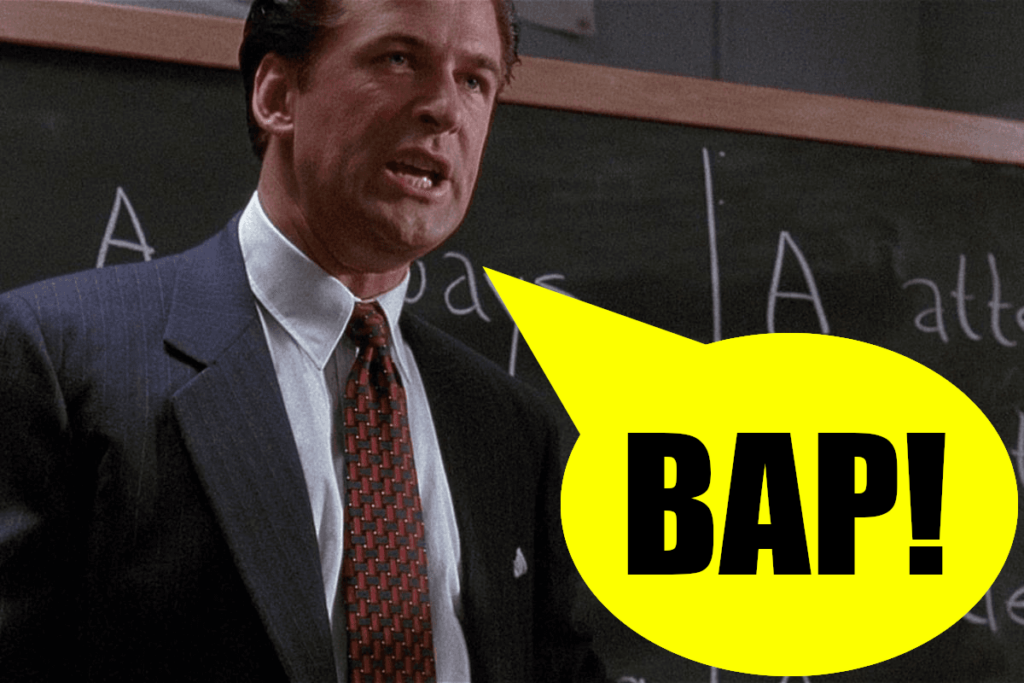EDITOR’S NOTE: Matt is on vacation until at or around January 1, 2026. Until then we have guest posts, today’s post is brought to you by the world record holder for the most marathons in a 13.33 day period (I didn’t fact check this), Allen L. Special thanks for the post!
I recently attended the Chicago Seminars: Heritage Edition, and it completely changed how I view in-person events. With over 400 registered attendees, it was one of the largest gatherings I’ve ever been to. Like many people who’ve been in the game for a while and grown a little too confident, I went in with low expectations, assuming I wouldn’t learn much since it wasn’t an “exclusive closed-door” event and that I was mostly there just to hang out with my best friends.
Oh man, was I wrong. So wrong.
With big numbers comes big diversity, in both experiences and knowledge. On one end, there were complete beginners and non-manufactured spenders who some might dismiss for not “hitting things hard enough.” But honestly, they’re the ones who inspired me the most this weekend. Seeing how this hobby genuinely helps them check off bucket-list dreams and how deeply they love travel reminded me why I started in the first place.
A lot of us, like people in the FIRE community, lose sight of that over time. We start treating miles and points as trophies instead of tools, competing over who found the best liquidation target or who flew the most luxurious suite. This weekend teleported me back to that earlier version of myself, the one who just felt pure joy being around people who speak the same nerdy language.
On the other end of the spectrum were the “whales,” the experts who possess a wealth of specialized knowledge. One thing I think I did right was keeping my heart open. I never turned away a conversation, and I genuinely tried to connect with everyone who approached me. I wanted to learn what they do and what excites them. And honestly, I think I got more insight and information from this one weekend than from any meetup I’ve attended, or even hosted, before.
I picked up travel redemption hacks from Forrest and Rachel, life-changing book recommendations from Dave, deep-dive conversations about buyers clubs and crypto with Flypiggy, and found my own tribe of USCFers who helped me finally unlock some of the biggest MS mysteries.
There’s no right way to play this game, but there are definitely wrong ways. All weekend, I kept telling both newcomers and veterans the same thing: the key to finding your unicorn is doing what you love, doing what you’re good at, and scaling the hell out of that. You don’t need to do everything.
I think I just found my unicorn.
– Allen

Allen’s new unisex running jersey.






